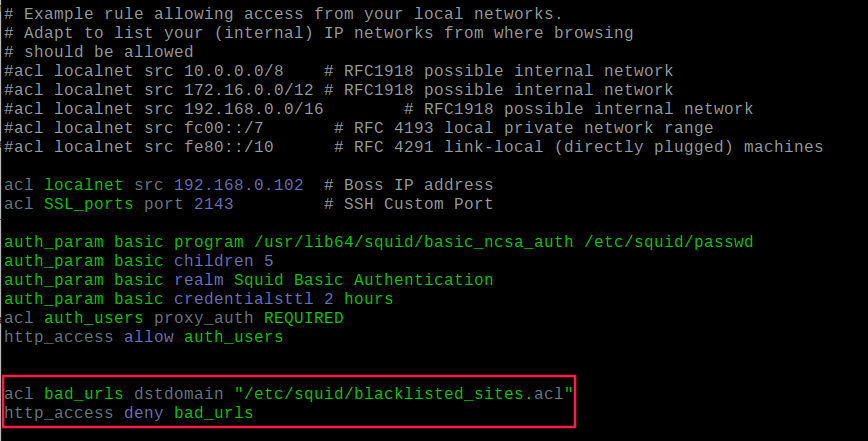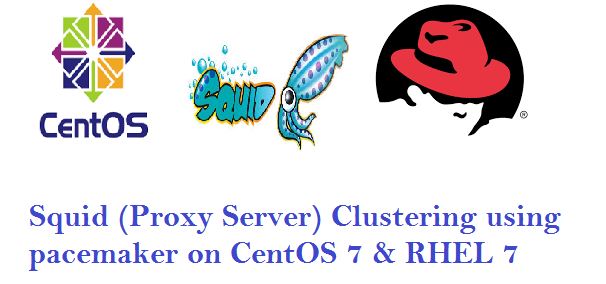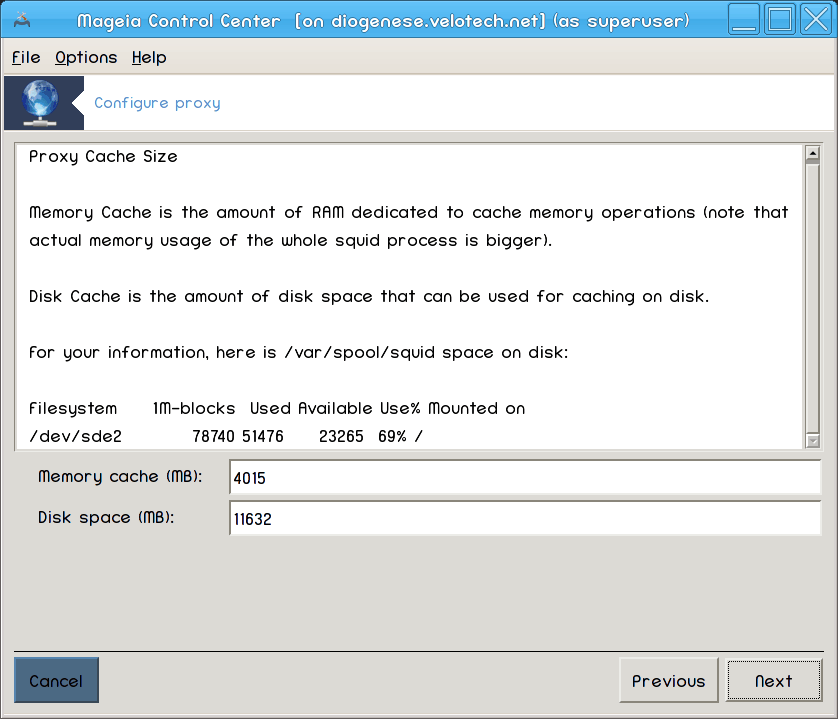

The default location of the fstab(5)įile can be overridden with the -fstab path command-line option (see below for

Usually mounted where, using which options. The file /etc/fstab (see fstab(5)), may contain lines describing what devices are The /etc/fstab, /etc/mtab and /proc/mounts files. (The customary choice none is less fortunate: the error message `none busy' from The proc filesystem is not associated with a special device, and when mounting it,Īn arbitrary keyword, such as proc can be used instead of a device specification. Representation of the UUID should be based on lower case characters. The UUIDs from the command line or fromįstab(5) are not converted to internal binary representation. Note that mount(8) uses UUIDs as strings. Udev symlinks, so the use of symlinks in /etc/fstab has no advantage over tags. Tags are more readable, robust and portable. dev/disk/by- udev symlinks in the /etc/fstab file. The recommended setup is to use tags (e.g. Verify that the UUIDs are really unique in your system. (Partition identifiers are supported forĮxample for GUID Partition Tables (GPT).)ĭon't forget that there is no guarantee that UUIDs and labels are really unique,Įspecially if you move, share or copy the device. It is also possible to indicate aīlock special device using its filesystem label or UUID (see the -L and -U optionsīelow), or its partition label or UUID. dev/sda1, but there are other possibilities. Most devices are indicated by a filename (of a block special device), like The option -l adds labels to this listing. The following command lists all mounted filesystems (of type type): Note that control characters in the mountpoint name are replaced with '?'. The listing mode is maintained for backward compatibility only.įor more robust and customizable output use findmnt(8), especially in your scripts. It's possible to use the -target or -source options to avoid ambivalent

Then mount looks for a mountpoint (and if not found then for a device) in the /etc/fstabįile.

If only the directory or the device is given, for example: Invisible, and as long as this filesystem remains mounted, the pathname dir refers to the The previous contents (if any) and owner and mode of dir become This tells the kernel to attach the filesystem found on device (which is of type type) at The standard form of the mount command is: The umount(8) command will detach it again. Serves to attach the filesystem found on some device to the big file tree. These files can be spread out over several devices. Mount device| dir mount device dir DESCRIPTIONĪll files accessible in a Unix system are arranged in one big tree, the file hierarchy,


 0 kommentar(er)
0 kommentar(er)
